Uncategorized
-
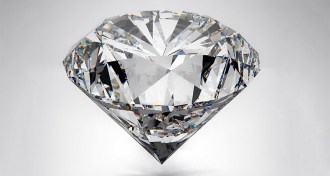 Earth
EarthMost diamonds share a common origin story
Most diamonds form from fluids deep inside Earth’s interior that contain carbonate compounds, new research suggests.
-
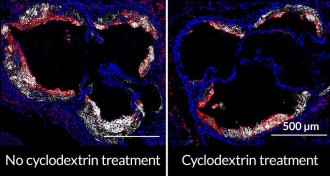 Health & Medicine
Health & MedicineA sugar can melt away cholesterol
A sugar called cyclodextrin removes cholesterol from hardened arteries in mouse studies.
-
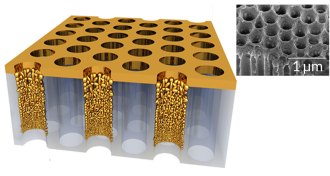 Physics
PhysicsTurning water to steam, no boiling required
A new material can convert water into steam with sunlight alone, and could be useful for making fresh water from salty.
-
 Climate
ClimateScience’s inconvenient (but interesting) uncertainties
In the latest issue of Science News, Editor in Chief Eva Emerson talks climate change, mouth microbes, and synthetic life.
By Eva Emerson -
 Climate
ClimateChanging climate: 10 years after ‘An Inconvenient Truth’
In the 10 years since "An Inconvenient Truth," climate researchers have made progress in predicting how rising temperatures will affect sea level, weather patterns and polar ice.
-
 Oceans
OceansReaders question ocean health
Ocean plastics, ant behavior, pollution solutions and more in reader feedback.
-
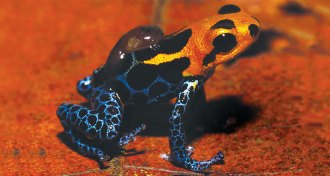 Animals
AnimalsPiggybacking tadpoles are epic food beggars
Tadpoles beg so frantically among mimic poison frogs that researchers check to see whether they’re just scamming.
By Susan Milius -
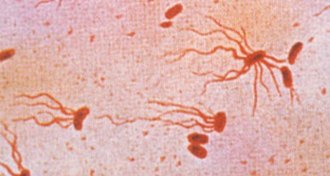 Life
LifeTyphoid toxin aids survival in mice
A DNA-damaging bacterial protein may prolong the lives of infected animals.
-
 Astronomy
AstronomyKey sugar needed for life could have formed in space
Sugar that forms backbone of cell machinery can form on icy grains blasted by ultraviolet light from young stars.
-
 Life
Life‘Wild Ways’ showcases need for wildlife corridors
The TV documentary 'Wild Ways' shows how wildlife corridors bridge the gap between isolated populations of animals.
-
 Astronomy
AstronomyPossible source of high-energy neutrino reported
Scientists may have found the cosmic birthplace of an ultra-high energy neutrino: a blazar 9 billion light years away.
-
 Neuroscience
NeuroscienceLip-readers ‘hear’ silent words
Lipreading prompts activity in the brain’s listening area.